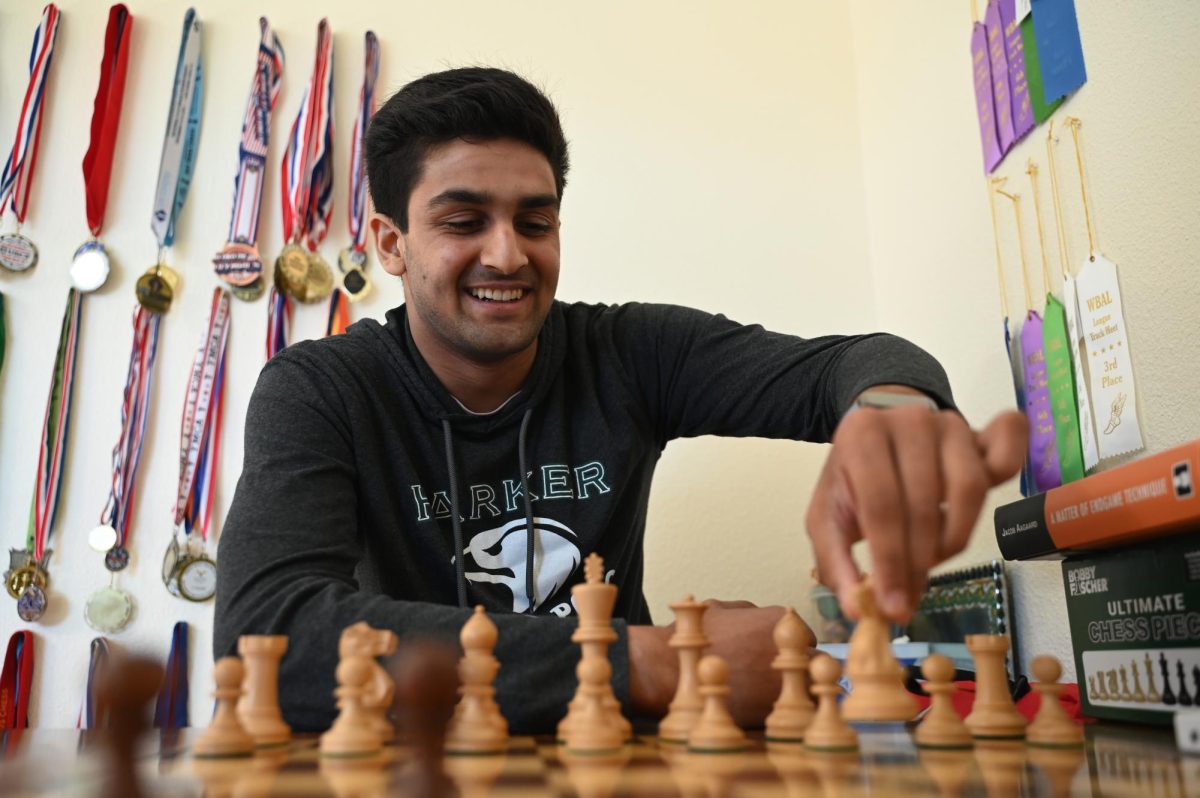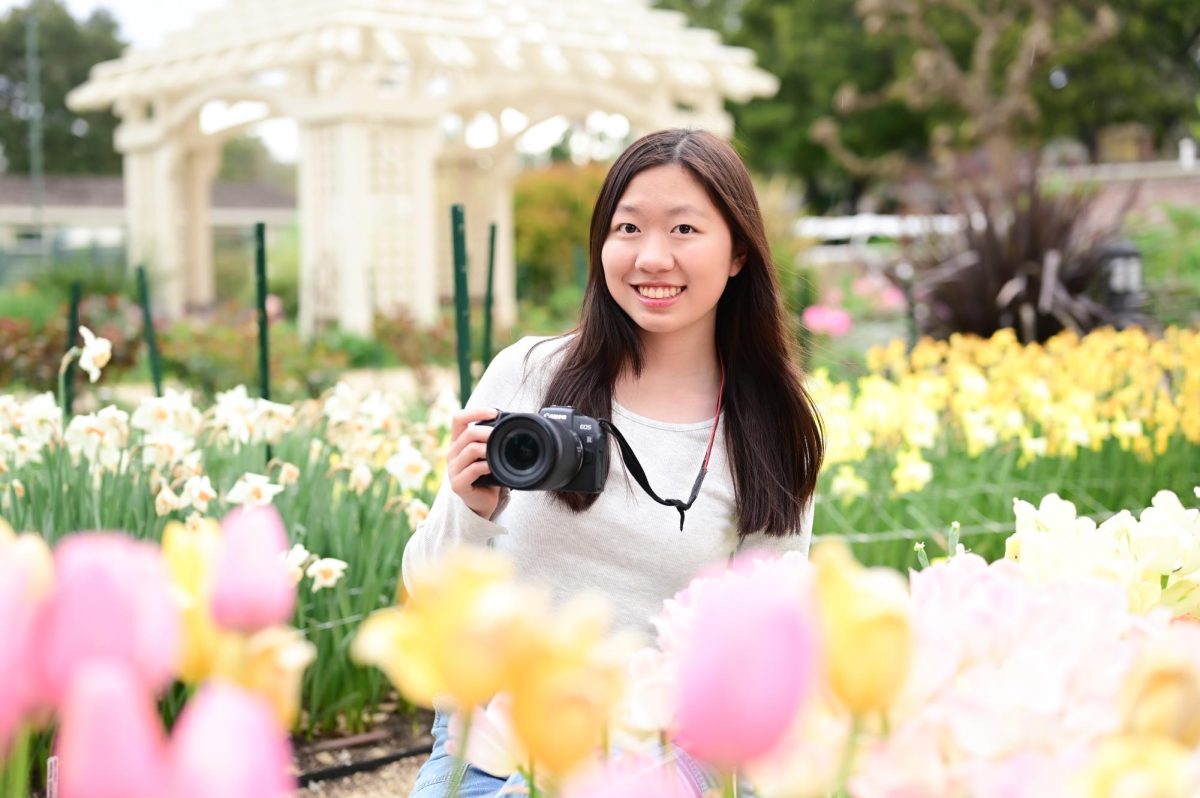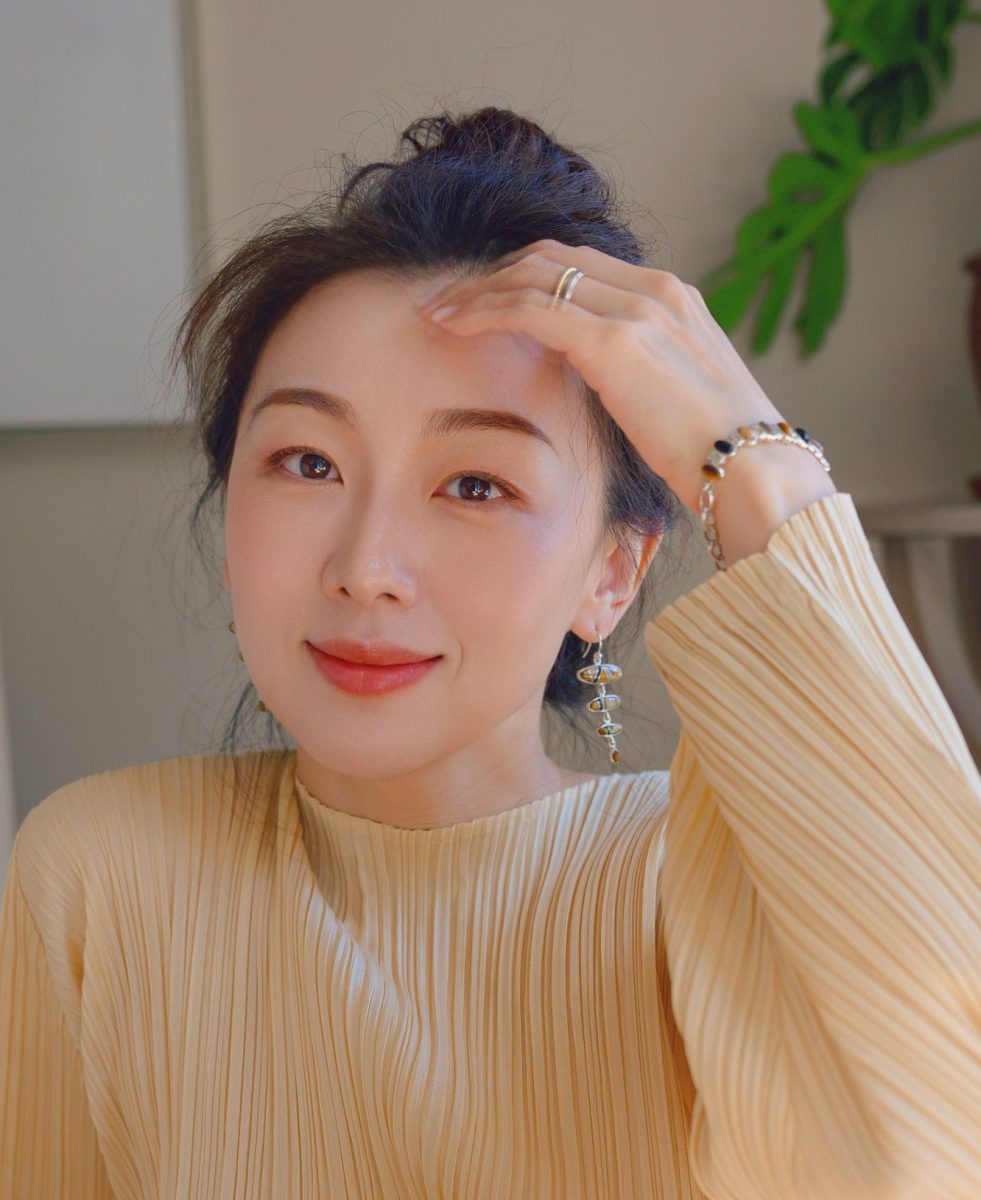From the ages of five to 11, children enter a stage of reading development. While parents hurry to buy as many bestsellers as they can, not every book is worth reading. Growing up speaking Chinese, I could barely understand English. My mom bought me a lot of beginner level books to read, but I couldn’t get through many of them, as they were lifeless and predictable. Take a trip down memory lane with me as I rank the best childhood book series.
5. Diary of a Wimpy Kid
“Diary of a Wimpy Kid” by Jeff Kinney is one of the most well-known children’s book series. Naturally, my mom bought this series for me, believing that the little doodles would encourage my self-expression through art, since I was a quiet kid.

“Diary of a Wimpy Kid” features Greg Heffley starting middle school with his best friend Rowley, painting a series of pre-teen events, full of second-hand embarrassment and humor, into several diaries. Not only are Greg and Rowley’s antics entertaining, Greg’s family is also full of amusing relationships and stories. For example, Greg’s older brother Rodrick often jumps at chances to embarrass Greg, resulting in hilarious stories like the school play.
Although I loved “Diary of a Wimpy Kid,” I found Greg to be unrelatable simply because he was a boy. On the other hand, I actually loved Rodrick, Greg’s older brother; since I’m an older sibling, I found him extremely entertaining, and I had more of a connection with him, since I also love embarrassing my little sibling. I still enjoy “Diary of a Wimpy Kid,” but there were other book series that I connected with more.
4. Junie B. Jones
I’d just finished kindergarten when we moved to San Ramon. I remember hating my new house, since it was so far away from my childhood playmates. When my mom told me I’d be going to a new school as well, I threw a fit. A few days later, my mom handed me the first book of “Junie B. Jones” by Barbara Park. Two pages in, I was enthralled. This book series guided me past my fear of talking during class and making new friends by walking Junie through the same experiences. As a result, Junie became my first fictional friend.

“Junie B. Jones” follows a little girl starting the first grade, spinning typical trouble-making shenanigans into a series of books about the ups and downs of first grade. The titular protagonist Junie acts like any child would, from telling people that her brother was an actual monkey to spying on her family. Her sassy attitude and playfulness were not only attention-grabbing but also incredibly relatable. “Junie B. Jones” used to keep me entertained for hours on end, encouraging excitement for first grade rather than fear.
Barbara Park created an excellent character to educate children with, turning Junie B. Jones’ adventures into profound life lessons for young kids. As Junie makes mistakes and speaks her mind, her teachers and parents teach her about social cues and politeness, communicating small but important lessons to me.
“Junie B Jones” continues to be a memorable series to me because of its relatability and humor. Even now, I can still remember some of my favorite scenes and jokes from “Junie B. Jones,” like getting a rock-hard fruit cake from a cake walk or looking up to the ceiling when an adult looked up in exasperation. Although there are some other books that I hold closer to my heart, “Junie B. Jones” will always be one of my top childhood series.
3. Rainbow Magic
If there’s one thing that most girls can agree on, it’s loving fairies. Be it Tinkerbell or the Fairy Godmother, my friends and I were obsessed with fairies of all kinds, which made “Rainbow Magic” by Daisy Meadows so appealing.

The first ever book in the “Rainbow Magic” series is “Ruby the Red Fairy,” introducing Kirsty and Rachel, who discover that evil goblins have stolen the rainbow fairies’ magical items. The series goes on to bring forth a variety of fairies with each book, all with their own unique items and personalities. After reading about the girls’ magical adventures, I often looked for small, sparkly fairies, hoping that they would ask for my help saving their kingdom as well.
Not only was this series comforting to read, ending happily ever after, but it was also paired with whimsical illustrations that I absolutely adored. When I was little, I color coordinated everything, from outfits to toys, so I loved sorting out my hoards of “Rainbow Magic” books.
When “Rainbow Magic” created a fairy bearing my name, Sarah the Sunday Fairy, I was beyond excited. “Rainbow Magic” connects with little girls by representing a variety of interests, like sports, arts and professions. Even though the stories began to grow repetitive with their formulaic plots, I always enjoyed reading about how the girls aided the fairies in restoring peace in their kingdom.
2. Dork Diaries
The “Dork Diaries” book series by Rachel Reneé Russell, with Nikki Maxwell as its star, was my ultimate guide to pre-teen life. With entries that speak almost directly to the reader, “Dork Diaries” creates a personal connection with its audience. Although “Diary of a Wimpy Kid” was fun, “Dork Diaries” pulled me in instantly — Nikki’s entries were equally relatable and captivating.

If a Disney channel show was made into a book series, it would be “Dork Diaries.” While it retained the typical cast of a dorky main character, her two best friends, the popular mean girl and the cool crush, “Dork Diaries” separates itself from other books with similar casts by giving its characters emotional layers. Filled with doodles and fun little captions, the book series shows off a more creative storyline and style.
This book series inspired me to write several volumes of my own diary and doodle pictures in the margins. “Dork Diaries” influenced my early art style when I started drawing humans. Since the illustrations were displayed proudly on the pages of a book my classmates all loved, I started to grow more confident in showing my own sketches to others.
Eventually, I stopped covering up my art and writing pieces as my teachers or parents walked by. Although “Dork Diaries” only gave me a little push, it created ripples that ultimately boosted my self image and confidence by a ton. To this day, I still take inspiration from the “Dork Diaries” when I’m going through an art or writing block. Nikki Maxwell always gives me new ideas for simplistic creativity.
1. Magic Treehouse
Growing up, my favorite type of media was fantasy books. I refused to read any non-fiction related books, so it’s no surprise that I hated reading about history as well. “Magic Treehouse” by Mary Pope Osborne opened my eyes to the wonders of historical fiction when I was in first grade.

“Magic Treehouse: Dinosaurs Before Dark” kicked the series off with the introduction of a pair of siblings, Jack and Annie. They stumble upon a treehouse full of books and are whisked away to the Dinosaur Age. Since the premise promised a fantasy-like story, with magic and wonder involved, I was instantly intrigued. Moreover, Mary Pope Osborn weaves historical knowledge into the book series, instead of outright teaching me a history lesson. The different stories in “Magic Treehouse” easily amused me, instead of making me bored and frustrated.
One of my favorite books from this series is “Abe Lincoln At Last!,” the 47th book. Jack and Annie use a magical potion that transports them to Lincoln’s childhood after realizing that they couldn’t meet with the president alone in 1861. This particular book enchanted me with its mix between historical facts and fictional wonder, because it didn’t just regurgitate a historical event back at me. It created a new story that served as a device for learning about Lincoln’s presidency.
“Magic Treehouse” was a perfect tool for connecting me to historical events that non-fiction books couldn’t. Not only did I feel like I was transported into another world, the parallels between the “Magic Treehouse” adventures and my history class boosted my willingness to speak up during class. Even now, Jack and Annie still remind me to embrace history as a story, rather than random facts.




![LALC Vice President of External Affairs Raeanne Li (11) explains the International Phonetic Alphabet to attendees. "We decided to have more fun topics this year instead of just talking about the same things every year so our older members can also [enjoy],” Raeanne said.](https://harkeraquila.com/wp-content/uploads/2025/10/DSC_4627-1200x795.jpg)


















![“[Building nerf blasters] became this outlet of creativity for me that hasn't been matched by anything else. The process [of] making a build complete to your desire is such a painstakingly difficult process, but I've had to learn from [the skills needed from] soldering to proper painting. There's so many different options for everything, if you think about it, it exists. The best part is [that] if it doesn't exist, you can build it yourself," Ishaan Parate said.](https://harkeraquila.com/wp-content/uploads/2022/08/DSC_8149-900x604.jpg)




![“When I came into high school, I was ready to be a follower. But DECA was a game changer for me. It helped me overcome my fear of public speaking, and it's played such a major role in who I've become today. To be able to successfully lead a chapter of 150 students, an officer team and be one of the upperclassmen I once really admired is something I'm [really] proud of,” Anvitha Tummala ('21) said.](https://harkeraquila.com/wp-content/uploads/2021/07/Screen-Shot-2021-07-25-at-9.50.05-AM-900x594.png)







![“I think getting up in the morning and having a sense of purpose [is exciting]. I think without a certain amount of drive, life is kind of obsolete and mundane, and I think having that every single day is what makes each day unique and kind of makes life exciting,” Neymika Jain (12) said.](https://harkeraquila.com/wp-content/uploads/2017/06/Screen-Shot-2017-06-03-at-4.54.16-PM.png)








![“My slogan is ‘slow feet, don’t eat, and I’m hungry.’ You need to run fast to get where you are–you aren't going to get those championships if you aren't fast,” Angel Cervantes (12) said. “I want to do well in school on my tests and in track and win championships for my team. I live by that, [and] I can do that anywhere: in the classroom or on the field.”](https://harkeraquila.com/wp-content/uploads/2018/06/DSC5146-900x601.jpg)
![“[Volleyball has] taught me how to fall correctly, and another thing it taught is that you don’t have to be the best at something to be good at it. If you just hit the ball in a smart way, then it still scores points and you’re good at it. You could be a background player and still make a much bigger impact on the team than you would think,” Anya Gert (’20) said.](https://harkeraquila.com/wp-content/uploads/2020/06/AnnaGert_JinTuan_HoHPhotoEdited-600x900.jpeg)

![“I'm not nearly there yet, but [my confidence has] definitely been getting better since I was pretty shy and timid coming into Harker my freshman year. I know that there's a lot of people that are really confident in what they do, and I really admire them. Everyone's so driven and that has really pushed me to kind of try to find my own place in high school and be more confident,” Alyssa Huang (’20) said.](https://harkeraquila.com/wp-content/uploads/2020/06/AlyssaHuang_EmilyChen_HoHPhoto-900x749.jpeg)





















